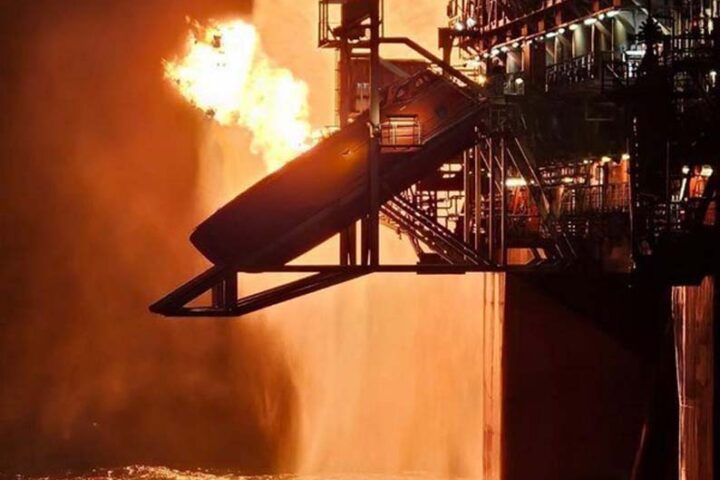.
Marcuard's Market update by GaveKal Dragonomics
“Well, that was an oddly timed report,” one of our long-suffering clients remarked on Monday, with justice. Right after we pressed send on our outlook for the year ahead, assuring readers that China fears and commodity prices would not play as big a role in markets in 2016 as they did last year, the Shanghai index collapsed by -7%, dragging down global stock markets; and oil prices had a volatile ride thanks to growing tensions between Iran and Saudi Arabia. Have we been proved wrong already?
.jpg) We don’t think so, but clearly it was not a great start to our year. So, let’s re-state the question. The main issue facing investors now is whether market leadership will remain as narrow in 2016 as it was last year. If the answer is yes, then it will be another miserable year for hedge funds, and money managers who still have a job should just buy the dollar and US growth stocks and go fishing.
We don’t think so, but clearly it was not a great start to our year. So, let’s re-state the question. The main issue facing investors now is whether market leadership will remain as narrow in 2016 as it was last year. If the answer is yes, then it will be another miserable year for hedge funds, and money managers who still have a job should just buy the dollar and US growth stocks and go fishing.
One thing that most of us at Gavekal agree on is that this is not the most likely outcome: rather than being a carbon-copy of last year, 2016 will probably be significantly worse or better. The bad scenario is that China’s growth continues to crumble, the US moves toward recession, and the financial impact of the commodity price collapse spreads as more and more energy and mining related companies default on their debt. In this case equity markets everywhere will do terribly and one should buy US long bonds, JGBs and gold. On Monday, the markets favoured this picture.
The better scenario is that China continues to muddle through with decent though declining growth and the renminbi stays fairly stable, robust construction and consumption activity keeps the US economy on a healthy track, and growth in Europe and Japan continues to accelerate. In this case, the strategy we suggested on Monday makes sense: buy value in the European and Japanese stock markets, and trim one’s US dollar exposure.
The risks are finely balanced between these two possibilities, but when we consider the year as a whole rather than just the first trading day, the case for the second scenario is solid and the risks to it emanate less from China than from the US. Two thirds of the world’s manufacturing PMIs rose in December (the exception was the US), with the eurozone posting its best reading in nearly two years, and all the east Asian economies outside China moving into expansionary territory. Japan’s corporate earnings remain robust, and construction and bank credit in the US are strong.
In China, meanwhile, the market plunge did not reflect any major new bad news about the economy. More likely, it reflected three factors: investor disappointment over the failure of an anticipated interest rate cut to appear, fear over the end later this week of a lockup on share sales by shareholders holding 5% or more of a listed company’s stock, and the malfunctioning of a new “circuit-breaker” system that was supposed to cut market volatility, but instead worsened the rout.
The Shanghai move, although containing little new economic information, highlighted some deep-seated problems with China’s policy management. Chinese A-shares remain overvalued because of the government’s intervention to stave off market collapse last summer, and until share prices are allowed to find their true level the market will be jittery. The circuit breaker was well-intended, and is part of a broader package of reforms (including new listing rules to speed up the pace of new listings and reduce first-day jumps in IPO prices) that aim to make China’s equity market behave less like a casino and more like a real market. But regulators ignored the fact that in China’s unusually volatile market, a sharp morning decline is often followed by an afternoon rebound. The circuit-breaker, which suspends trading for 15 minutes when the index falls by -5%, and stops it for the day when the index falls a total of -7%, makes an intraday bounce back less likely, since after their 15-minute break traders have an incentive to quickly dump their shares before trading closes for the day, rather than wait for a change in sentiment. So, in short, Chinese regulators are still very far from understanding how to manage modern financial markets properly. It’s understandable that global investors would be spooked by yet another sign of Chinese policy incompetence.
All in all, though, we still believe that the underlying risks to our good scenario lie outside China. A lurch downward in US growth, led by industrial weakness and perhaps financial implosion in the energy sector, would have a deeper impact on global economies and markets than the grinding down of Chinese growth towards 6% that we expect.
Left to its own devices, the People’s Bank of China will do its best to keep the renminbi stable in trade-weighted terms, permit a bit more volatility in the RMB-USD rate, and avoid a big devaluation that would undermine its credibility and scare global markets. The risk is that the dollar spikes higher, leaving the PBOC with the unsavory choice of devaluing or sticking to an overvalued currency and damaging economic growth. The point is that to understand what is really going on, investors need to keep a closer eye on the balance of the US economy and the direction of the US dollar than on the gyrations of the Chinese stock market.







